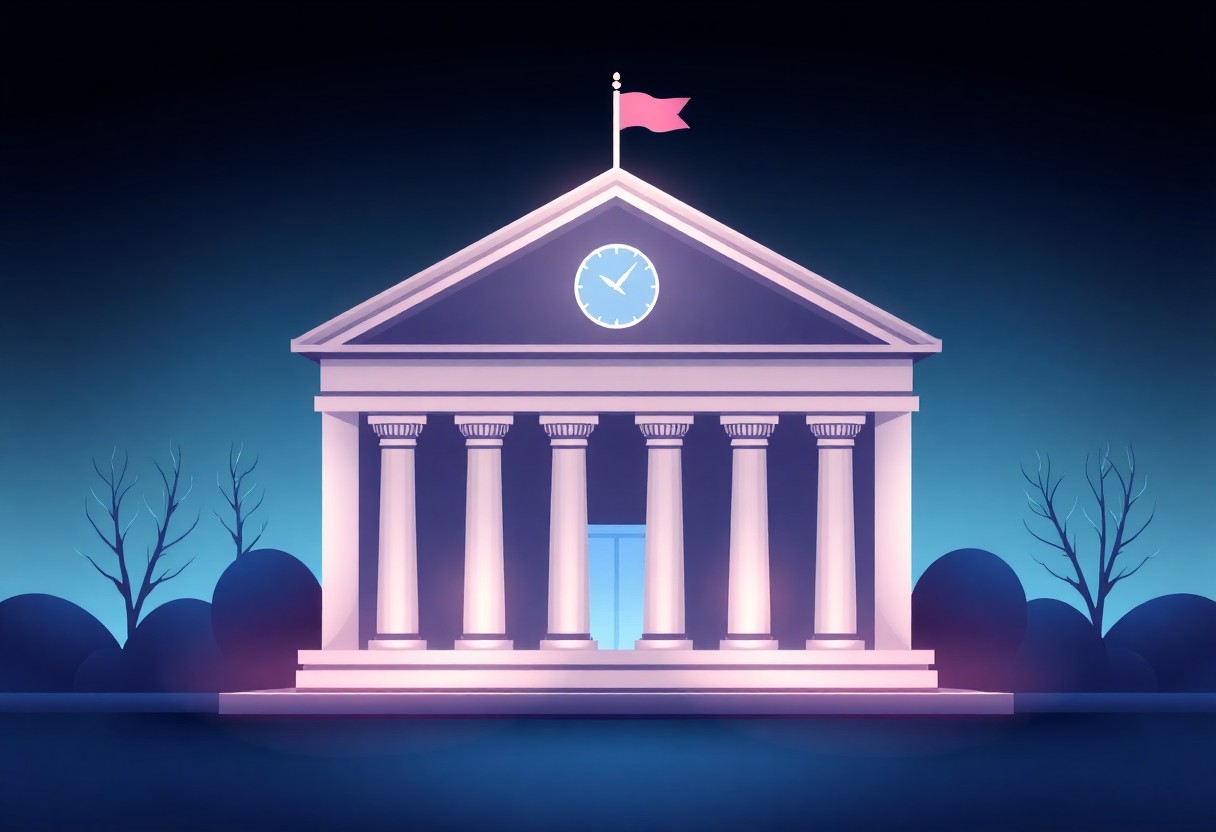The Federal Deposit Insurance Corporation (FDIC) is a financial institution’s guardian angel, ensuring that your money is safe and sound, even in times of economic turbulence. In this article, we’ll explore what the FDIC is, its policies’ ramifications, and how to manage your money safely while keeping it protected.
What Is the FDIC?
The FDIC, short for the Federal Deposit Insurance Corporation, is an independent agency of the United States government. It was created in 1933 during the Great Depression to instill confidence in the nation’s banking system and protect the savings of depositors. The FDIC accomplishes this through deposit insurance, overseeing and regulating financial institutions, and managing receiverships when banks fail.
Ramifications of FDIC Policies:
The FDIC plays a vital role in the U.S. financial system, and its policies have significant ramifications:
Deposit Insurance: The most essential function of the FDIC is providing deposit insurance. It guarantees that your deposits in FDIC-insured institutions, such as banks and savings associations, are safe up to certain limits. The standard insurance limit is $250,000 per depositor per insured bank for each account ownership category.
Stability and Confidence: FDIC insurance provides stability to the financial system by assuring depositors that their money is protected. This assurance fosters confidence in the banking sector, even in times of economic crises.
Recovery and Resolution: When a bank becomes insolvent, the FDIC steps in to handle its orderly resolution. This process ensures that depositors are reimbursed, and the financial system continues to function smoothly.
Consumer Protection: The FDIC enforces laws and regulations that protect consumers and maintain the safety and soundness of financial institutions, promoting fair and transparent practices.
How to Manage Your Money Safely and Keep It Protected:
Choose FDIC-Insured Institutions: Ensure your money is held in financial institutions that are FDIC-insured. Look for the FDIC logo or check with the institution to confirm its FDIC membership.
Stay Within Insurance Limits: Be aware of FDIC insurance limits, and spread your deposits across multiple institutions if you have significant savings that exceed the limits. This ensures all your money remains protected.
Stay Informed: Stay informed about FDIC insurance limits and regulations, as they can change over time. Regularly review your accounts to ensure they comply with FDIC guidelines.
Diversify Investments: Beyond basic deposit accounts, consider diversifying your investments across various asset classes and financial products to minimize risk.
Monitor Your Accounts: Routinely monitor your bank accounts for unusual activity or discrepancies to detect and report any issues promptly.
Be Cautious Online: When banking online, make sure you are using secure and reputable platforms, and be vigilant against potential scams and fraud.
Conclusion:
In conclusion, the FDIC is a cornerstone of the U.S. financial system, assuring the safety of your deposits and providing essential stability and confidence. By choosing FDIC-insured institutions, staying within insurance limits, and staying informed about FDIC policies, you can effectively manage your money safely and keep it protected. These practices ensure your financial peace of mind and safeguard your hard-earned savings.

